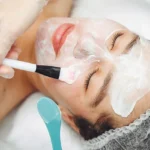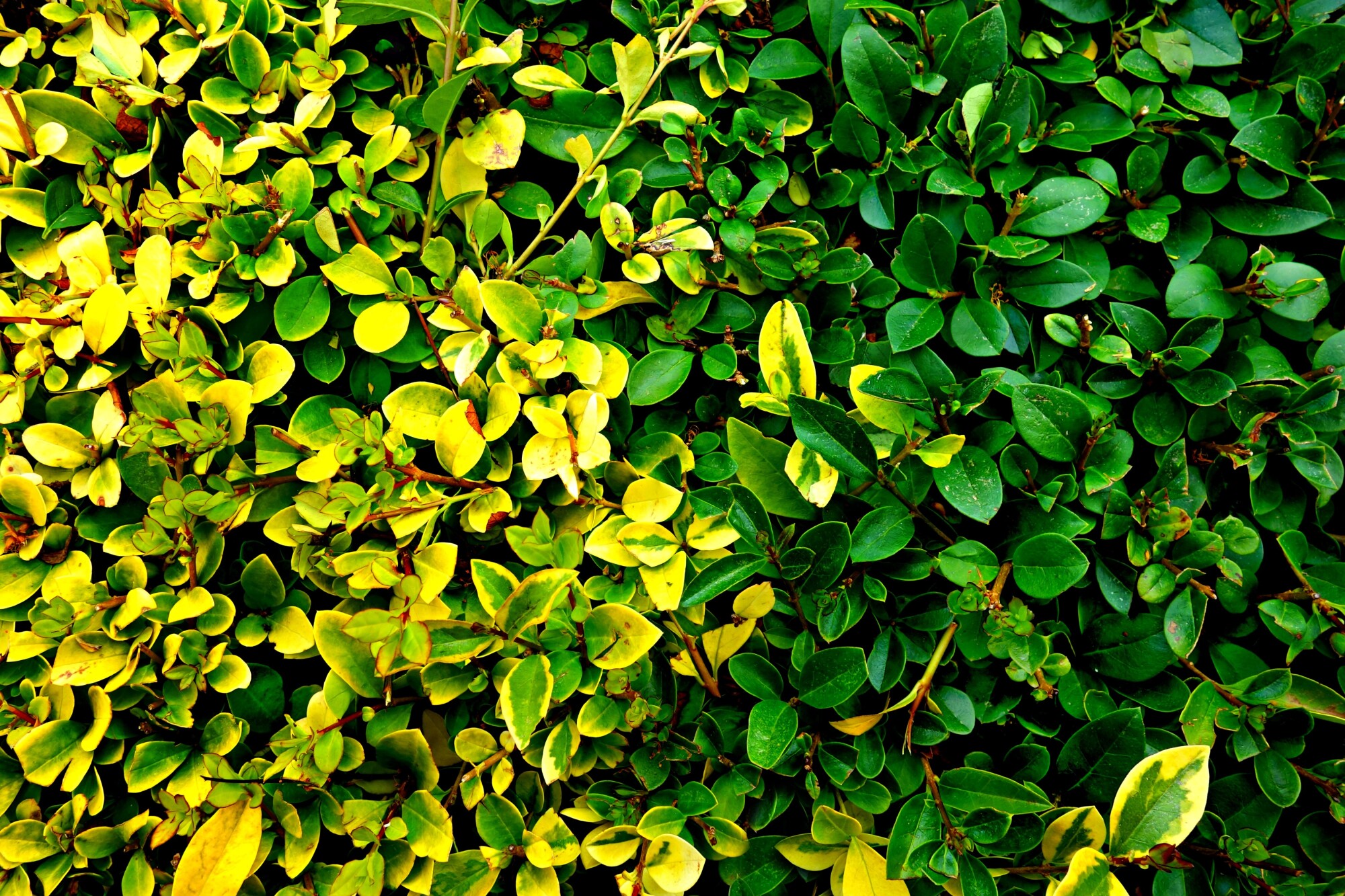Did you know that letting shrubs and hedges touch the walls of your home can be bad for both the plants and your home? Well-kept shrubs can increase the value of your home by an impressive amount, but many people don’t know the dos and don’ts of taking care of them.
One of the reasons it’s hard to take care of shrubs is because people don’t know what might be causing damage to them. With a few simple tips, you’ll be able to make sure you are shrubs and your home both stand out. Read on to learn everything you need to know about taking care of the shrubs and hedges around your house!
1. Winter Damage
Routine winter damage is perhaps the most common cause of browning and discoloration of your shrubs. Winter damage occurs when plants are exposed to cold without being prepared for it. If cold weather comes on earlier in the season than usual or suddenly after a warm spell, plants are more likely to end up with damaged areas.
Unfortunately, there is no straightforward fix for winter damage. On the other hand, evergreen Hedges and shrubs will repair their winter damage by themselves! Your only job is to help keep them generally healthy and wait for them to do their thing!
2. Lack of Water
Another common cause of discoloration to shrubs is not getting enough water. Plants will begin to pull water out of some of their leaves when they are running low. This turns those leaves brown, and they will eventually fall off if more water is not forthcoming.
If it’s very unusual for your area to like water, you might be able to make up for a deficit by manually watering your plants. But if your site commonly has little rain, you might need to install an automatic sprinkler system.
3. Soil With Poor Nutrient Content
If your shrubs have chronic discoloration, they might be suffering from malnutrition. Some soil just doesn’t have the same nutrients as other soil. You can take a soil sample to an expert for analysis, and they can tell you if this might be causing your plants problems.
4. Damage From Insects
Insects are another common cause of damage to shrubs. Knowing how to trim hedges and shrubs can help reduce this problem. Regular hedge and shrub trimming will also help you notice any unusual insects in your plants.
Even if you haven’t noticed anything, you might want to look up if there have been new insects moving into your area.
5. Infections by Fungi
Fungi can also damage hedge trees and shrubs. Like with insects, knowing how to trim shrubs and hedges can help reduce this problem. If you notice any strange coloration along the stems or trunks of your plants, your problem might be a fungal infection.
Fungal infections can require the help of a professional service. Outdoor Concepts Landscape Contracting, Inc. can help you manage more complicated problems with your plants.
Keep Your Shrubs and Hedges in Top Condition
We hope you learned something helpful about caring for your shrubs and hedges. Lush, well-kept shrubs can really help a home look its best.
To learn more about home improvement, developments in technology, and more, take a look at our other pages!
















